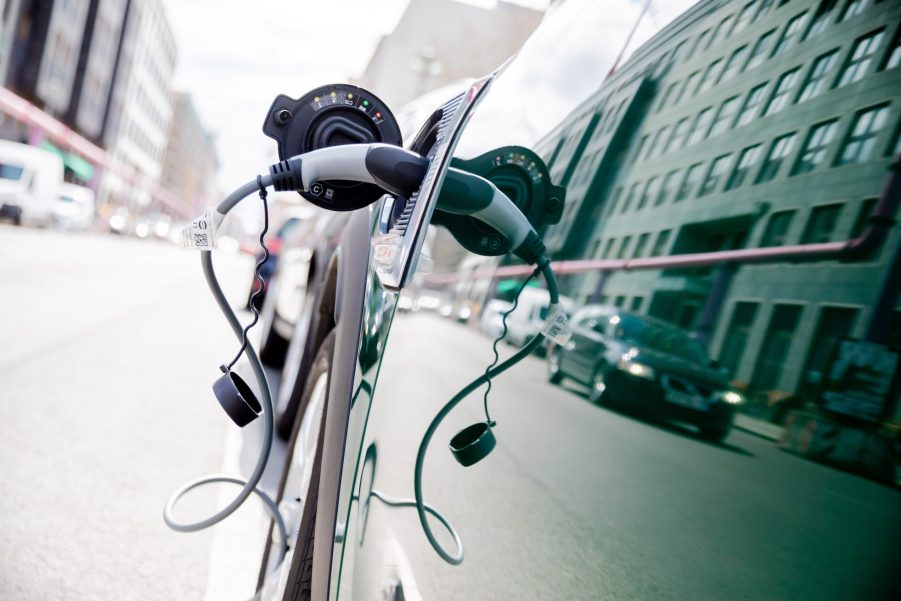
Plug-in Hybrids Burn More Fuel Than Advertised, Research Shows
With growing global concern over climate change, the auto industry has been focusing its efforts on the production of electric vehicles, hybrids, and plug-in hybrids. For some time, those who could afford them have been choosing hybrid and plug-in hybrid vehicles to do their part in reducing carbon dioxide emissions.

In a new analysis from the Transport & Environment campaign group that’s supported by Greenpeace U.K., research has shown that the typical plug-in hybrid EV (PHEV) put out an average of 117g of CO2 per kilometer. In plain English, that means the PHEVs are emitting a lot more CO2 than we originally thought.
Is that different from the emissions from a gas-powered car? What’s the difference between a hybrid and a plug-in hybrid? We have all the details.
Hybrid vs plug-in hybrid
To keep it simple, hybrid vehicles have both a combustion engine and an electric motor to power them. Standard hybrid vehicles have shorter electric ranges and can’t be plugged in to charge their battery packs. The gas-powered engine keeps them charged.
Using regenerative braking, hybrids do very well in traditional stop-and-go traffic. Energy recaptured through the braking system keeps the battery for the electric motor going. On the highway, there’s not much of an advantage over regular cars.
Plug-in hybrids (PHEVs) offer bigger battery packs that you can plug into a standard 120-volt outlet or 240-volt outlet charging station. They take roughly two hours to charge using the 240-volt charging station and five to six hours using the 120-volt outlet.
For a PHEV to offer real value, it should have a bigger all-electric range of 25 miles or more. The bigger the battery, the bigger its electric range which can equal real fuel savings. The PHEV will also cost you more because of the complexity of its system between hardware and software.
More emissions and higher fuel costs
According to the British study, a new PHEV over its life cycle will emit an average of 31 tons of CO2 compared to 43 tons from a gas-powered car and 45 tons from a diesel. The reduction in emissions, in truth, is not so great.
According to CNBC, the paper stated that investigations revealed that PHEVs frequently switch on their engine when allegedly driving with no emissions. The evidence pointed to the fact that PHEV emissions were much closer to those of traditional vehicles than we were originally told.
The data from Transport & Environment came from roughly 20,000 PHEVs used in fleets and privately owned. The U.K. government had the data gathered as part of a consultation on halting the sale of new diesel, gas, and hybrid vehicles altogether by 2035 if not before. PHEVs, however, could be exempt from such a ban according to Transport & Environment.
Plug-in hybrids in the U.S.
According to Evadoption, as of April 2021, there are 30 plug-in hybrid models available on the U.S. market. That number includes five from BMW, three from Volvo, and two each from Audi, Kia, Porsche, Land Rover, and Toyota.
There have been other changes like the discontinuation of the Hyundai Sonata PHEV in 2020. Deliveries of the Jeep Wrangler 4xe started recently. We would have had both the Ford Escape PHEV and Lincoln Corsair PHEV by now, but both were delayed until later this year due to fires in the European Kuga PHEV systems and now chip shortages.
The Toyota Prius Prime is one of the top plug-in hybrids available today. Each model is loaded with driver assists, the cabin is cozy, and it gets great fuel economy. Toyota also offers the Toyota RAV4 which is an excellent example of Toyota’s top-shelf hybrid technology in the compact SUV class.
The Chrysler Pacifica is a well-rounded package. It not only has the hybrid system for great fuel savings, but it also has everything else you want as far as comfort, convenience, elegance, and room. The Hyundai Ioniq drives so well, you wouldn’t know it wasn’t a standard car. It looks good, drives better, and has a cabin crafted from sustainable matter.


